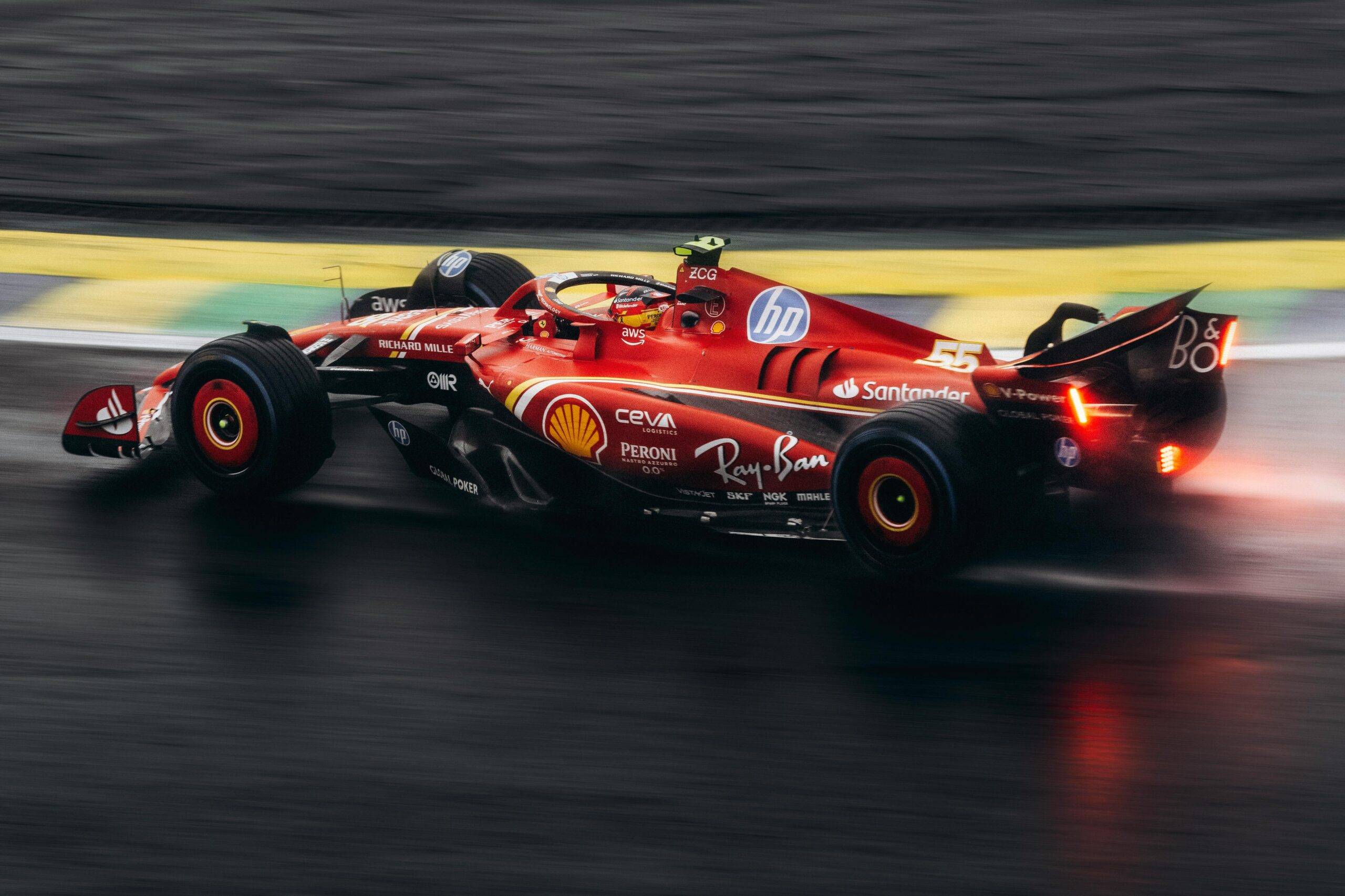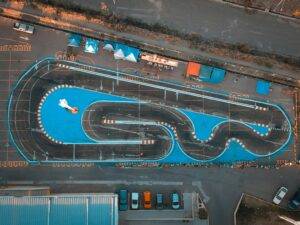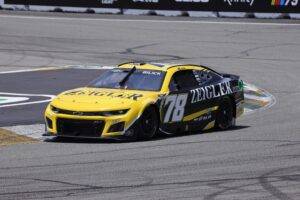Introduction
If you have watched an Formula One race, you have likely heard the term DRS mentioned during overtakes. New fans often wonder what it means and how it works.
Before you dive in, read our Beginner’s Guide to Go-Kart Racing to understand the basics of racing lines and cornering before stepping into advanced concepts like DRS.
What Is DRS?
DRS (Drag Reduction System) is a device on an F1 car’s rear wing that can be opened to reduce aerodynamic drag.
When activated, it flips open a flap on the wing, reducing downforce and allowing the car to go faster on straights. It does not add power — it reduces drag to gain speed.
When Can Drivers Use DRS?
Drivers can only use DRS under specific rules set by the Fédération Internationale de l’Automobile (FIA):
- Only in designated DRS zones on the track
- Only when within one second of the car ahead (measured at the detection point)
- Not allowed during the first two laps or when the race is under Safety Car or yellow flag conditions
These rules ensure DRS is used mainly for overtaking, not just for increasing lap speed.
How DRS Changes Racing Strategy
DRS plays a major role in modern F1 race strategy:
- Overtaking tool — Lets a trailing car close the gap and pass
- Defensive tactic — Cars can “swap” positions back and forth using DRS zones
- Race pacing — Drivers manage battery deployment (ERS) around DRS zones to maximize top speed
DRS does not guarantee a pass, but it makes close battles more competitive.
DRS Zones Explained
Tracks have one or more detection points (where the one-second gap is measured) and activation points (where drivers can open DRS).
Typical layout:
| Element | Purpose |
|---|---|
| Detection Point | Measures if car is within 1 second of the car ahead |
| Activation Point | Where DRS can be opened if the driver was within 1 second at detection |
| DRS Zone | Straight section of track where DRS can be used |
Final Thoughts
DRS has changed how modern F1 races are fought. It creates more overtaking opportunities and keeps the field closer, especially on high-speed circuits.
Do you think DRS makes races more exciting or too artificial? Share your thoughts below.
You might also like:
FAQ
Q: What does DRS mean in F1?
A: DRS stands for Drag Reduction System, a device that opens the rear wing flap to reduce drag and increase straight-line speed.
Q: How does DRS help overtaking?
A: DRS reduces aerodynamic drag, allowing a trailing car to go faster and close the gap on a car ahead on straights.
Q: When can DRS be used in F1?
A: Only in DRS zones, when within one second of the car ahead, and not during the first two laps or under yellow flags.
Q: Does DRS give more engine power?
A: No. DRS does not add power; it simply reduces drag so the existing power can push the car faster.









